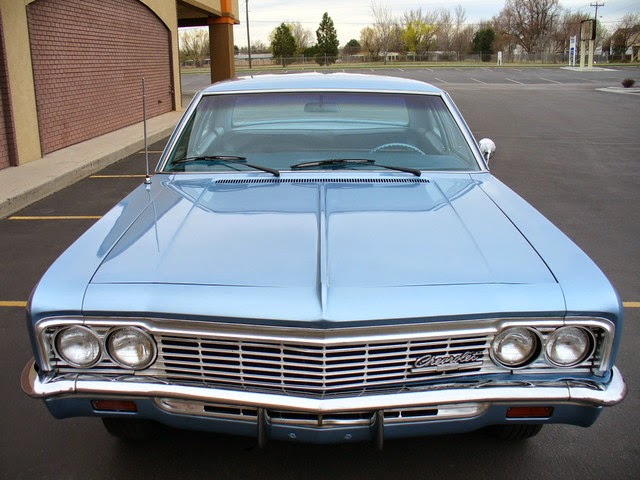 I received the body mount parts. I gave the bare steel parts a quick spray painting.
I received the body mount parts. I gave the bare steel parts a quick spray painting. I didn't have any 4" wide steel, so I took 2 pieces of 2", and welded them together on both sides to make a 4". This material is 1/8" thick. I happen to have a spare S10 chassis handy to take measurements from, you could just refer to another body mount on the vehicle.
I didn't have any 4" wide steel, so I took 2 pieces of 2", and welded them together on both sides to make a 4". This material is 1/8" thick. I happen to have a spare S10 chassis handy to take measurements from, you could just refer to another body mount on the vehicle. Here's the steel clamped securely onto the drill press. I'm using a 2-1/8" hole saw. Get the best quality hole saw you can. Expensive but worth it. Turn the drill speed down to as slow as it will go. Slower is better. Use a lot of oil and go to it.
Here's the steel clamped securely onto the drill press. I'm using a 2-1/8" hole saw. Get the best quality hole saw you can. Expensive but worth it. Turn the drill speed down to as slow as it will go. Slower is better. Use a lot of oil and go to it. Here's the hole, and I have rounded the edges off with a bandsaw and grinder. I have formed the side piece into a matching radius using my ultra-sophisticated garage-support-column tool.
Here's the hole, and I have rounded the edges off with a bandsaw and grinder. I have formed the side piece into a matching radius using my ultra-sophisticated garage-support-column tool.I welded this up with a nice hot weld. I ended up keeping the welds mostly unground because I like the Frankenstein look.
 Here, I have marked the piece for an angled cut like the stock mount had. I have it securely clamped into my bandsaw. I had to stop it to reposition the clamps, but the cut came out perfect. Oh, the things I have done with that bandsaw.
Here, I have marked the piece for an angled cut like the stock mount had. I have it securely clamped into my bandsaw. I had to stop it to reposition the clamps, but the cut came out perfect. Oh, the things I have done with that bandsaw. Boy, are we to mock-up already? What I have glossed over is the endless fitting, and sneaking up on cuts 1/4" at a time, and fixing tools that break, and waiting for welds to cool, and running to the store for the exact size holesaw, and the metric #12 nuts, and resetting the circuit breaker a dozen times because you have the welder up so high, etc. It took me probably 6-8-10 hours to get to this point.
Boy, are we to mock-up already? What I have glossed over is the endless fitting, and sneaking up on cuts 1/4" at a time, and fixing tools that break, and waiting for welds to cool, and running to the store for the exact size holesaw, and the metric #12 nuts, and resetting the circuit breaker a dozen times because you have the welder up so high, etc. It took me probably 6-8-10 hours to get to this point.-
The remainder of the stock mount was toast, so I ground it all off. I used a floor jack to hold the parts in position and give me a little lift on the body. Looks good, so we'll give it a little zip-zap tack weld and remove the jack.
 Here we go, all welded on there nice. I have some inside welds, and some outside welds. I painted it up nice, and then installed the bottom plate and hardware.
Here we go, all welded on there nice. I have some inside welds, and some outside welds. I painted it up nice, and then installed the bottom plate and hardware. I finished the interior by screwing a small aluminum plate over the access hole. I hate to bury things permanently. It's doubtful we'll ever need to get to this again, it's the best part of the truck now, but you never know.
I finished the interior by screwing a small aluminum plate over the access hole. I hate to bury things permanently. It's doubtful we'll ever need to get to this again, it's the best part of the truck now, but you never know.-
Well that's it. Easy right? Thanks for tuning in, and if your car is coming gbhbghhhhhhhhhhhhhhhhhhhhhhhhhhhhhhhhhhhhhhhhhhhnhbmmmmmmmmmmmmmmmmmmmmmmmb8
0000000000000000000000000000000000000000000006 excuse me, my little girl k was helping my there. If your car is coming dismounted, give me a call and we'll get you reconnected. Thanks.
0000000000000000000000000000000000000000000006 excuse me, my little girl k was helping my there. If your car is coming dismounted, give me a call and we'll get you reconnected. Thanks.



















 This is the blurry side.
This is the blurry side.









